Quickly opened the door to receive the call. Received the faded, sun-beaten conical hat covering half the face of the hard-working country woman. I handed over a 20,000 VND note and received… 10 cakes. Thinking, the price of land has always been the same, not “hurting” anyone’s pocket.
I opened the banana leaf cover. The cake was opaque white, slightly green. The smell of cassava rose, the smell of coconut mixed with peanuts sweetened with sugar rose. I ate a banh it mi in the city and heard the rustling wind of the countryside. I saw the sloping cassava fields on the hillsides, the flat cassava squares in my garden; even on both sides of the path, farmers still planted rows of cassava in the "spirit" of not leaving any inch of land empty.
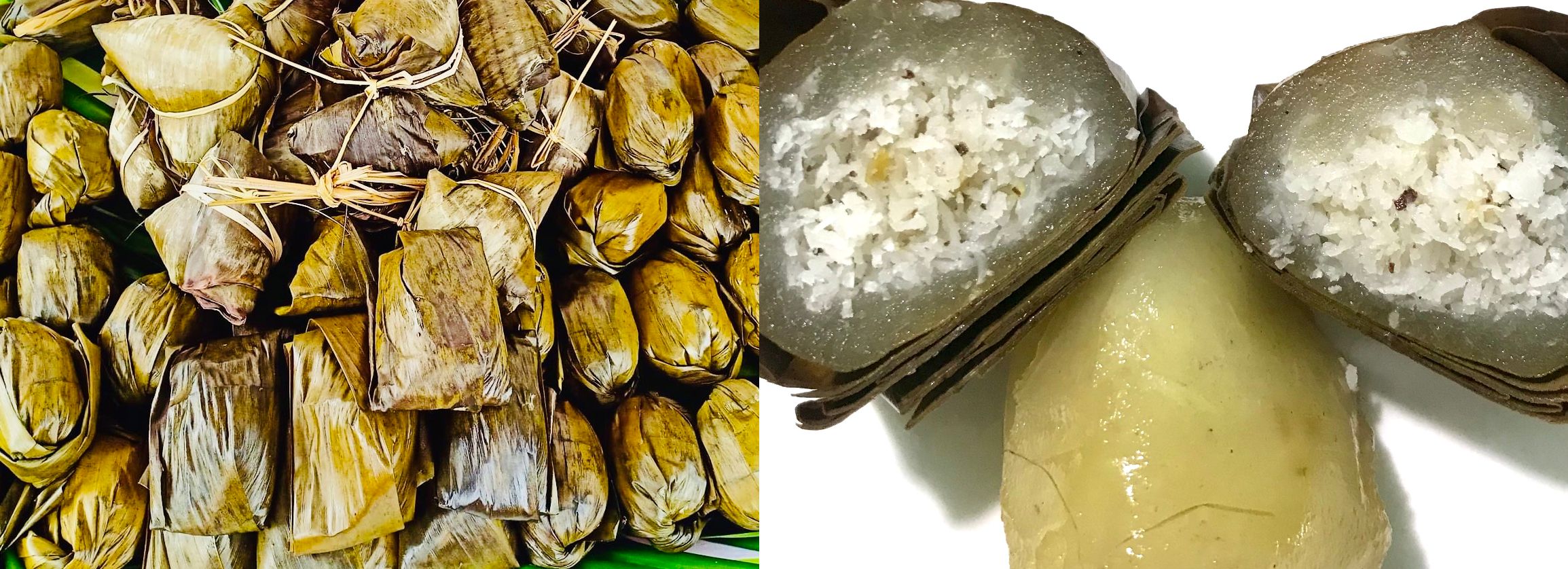 |
Bread |
TRAN CAO DUYEN |
The cassava harvesting season is very fun. Children are brought along to help adults pick the roots, pick the leaves, clean the cuttings, and choose seeds for the next season. Looking at the piles of cassava, the children in the countryside thought their parents were getting rich. But in fact, the price of cassava is very cheap, so they have to be persistent and stable at 1,600 VND/kg. I remember one year when cassava growers "asked" traders and agricultural processing factories to buy at 2,000 VND/kg, but they winked at each other and shook their heads. Many times, they lost money on fertilizer, land preparation, and care for 7-8 months, but they still had to sell and then plant another crop. A small portion of the cassava was left to be sliced and dried, made into flour, rice paper, and banh it.
A small number of villagers take advantage of the opportunity to make cassava cakes to sell at nearby markets, train stations, and bus stations. Even though it is small, they are willing to carry a heavy basket of cakes under their arms and, together with the invitations, earn approximately 150,000 - 200,000 VND a day. There are two types of cassava cakes: savory and sweet. Both types use coconut as the base. But the savory ones have a bit of the spicy flavor of pepper, shallots, and seasoning powder. The sweet ones only add sugar and peanuts.
Cassava goes with coconut pulp. This sentence “summarizes” the way to eat boiled cassava for a rich flavor, to avoid boredom. Cassava cooked and eaten with coconut pulp is both fragrant and fatty. But this is a lazy and hasty way of eating. Instead of biting a piece of cassava and then biting a piece of coconut to chew together, the country people “upgrade” it by making banh it mi. Indeed, banh it mi is… many times more delicious than cassava cooked with coconut pulp. It is clear that “banh” is more luxurious than “root”, so why discuss it? Every time my family makes banh it for anniversaries or for fun, I am in charge of peeling the cassava. My father takes the cassava to grind and then filters to get the essence of the powder. My sister grinds the coconut, cuts banana leaves. My mother makes the filling, wraps the cake and puts it on the stove. “Collective work” makes the cake more cherished, tastier and the story when eating is also crispier.
Dad is always a “gossip”. He believes that banh it in general has been elevated to the level of “culture” for a long time. To the point of craving banh it, the girl has to accept marrying far away. Don’t believe it? Here it is: “Want to eat banh it la gai/marry a man from Binh Dinh to have a long journey”. And here are the words of a country girl sending off a city boy: “When we are apart, I don’t know what to say/I send you this banh it mi as a token”.
The year ends and the new year begins. My villagers often make banh it mi to offer on the last full moon of the year. Banh it mi is also offered to the Kitchen God on the 23rd of December. Especially on the year-end offering tray, the plates of banh it mi are always served solemnly. The cassava is soaked in the homeland soil. The coconut is also sweet and fatty from the homeland soil. Oh my hometown banh it mi, I love it so much!
Source link





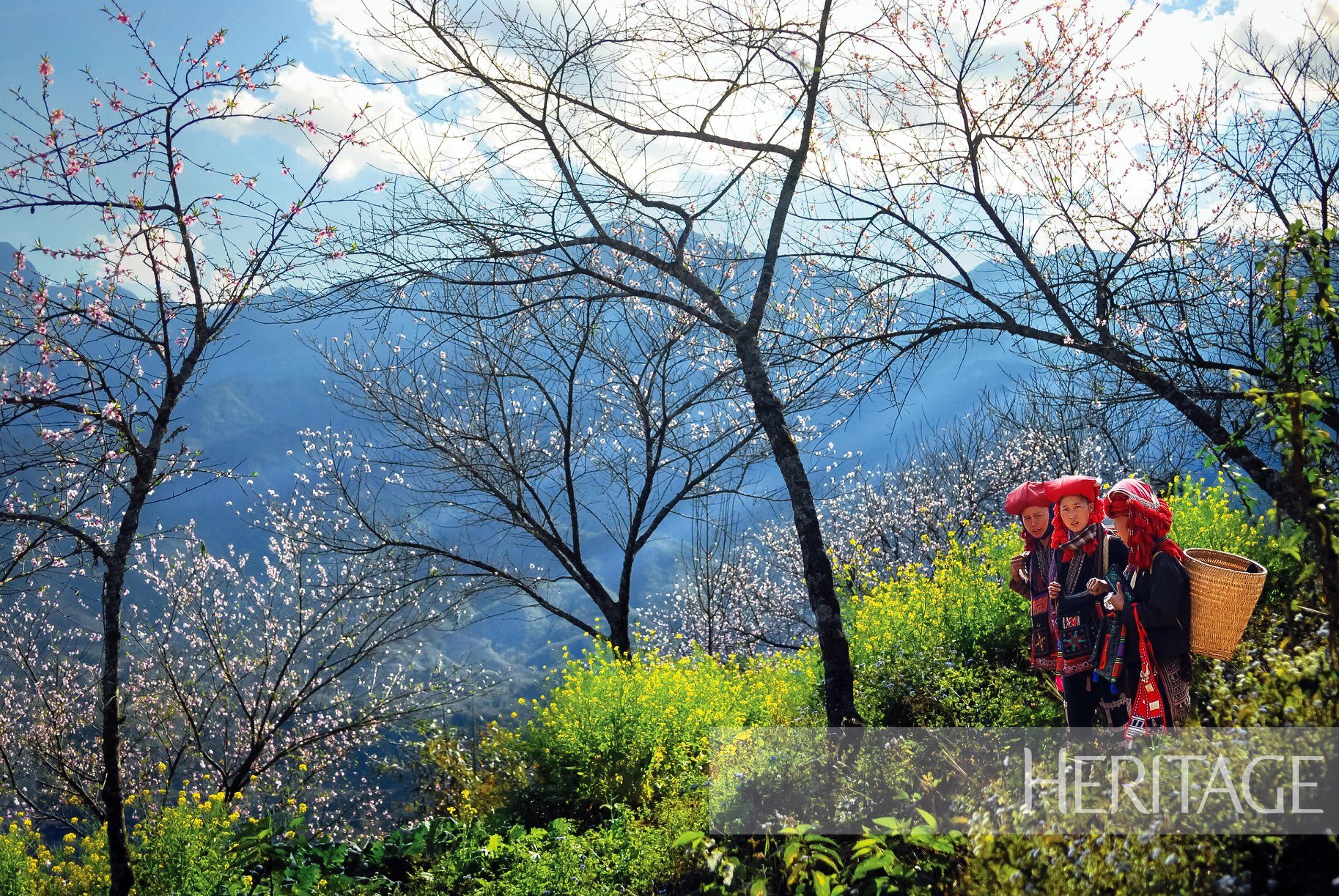
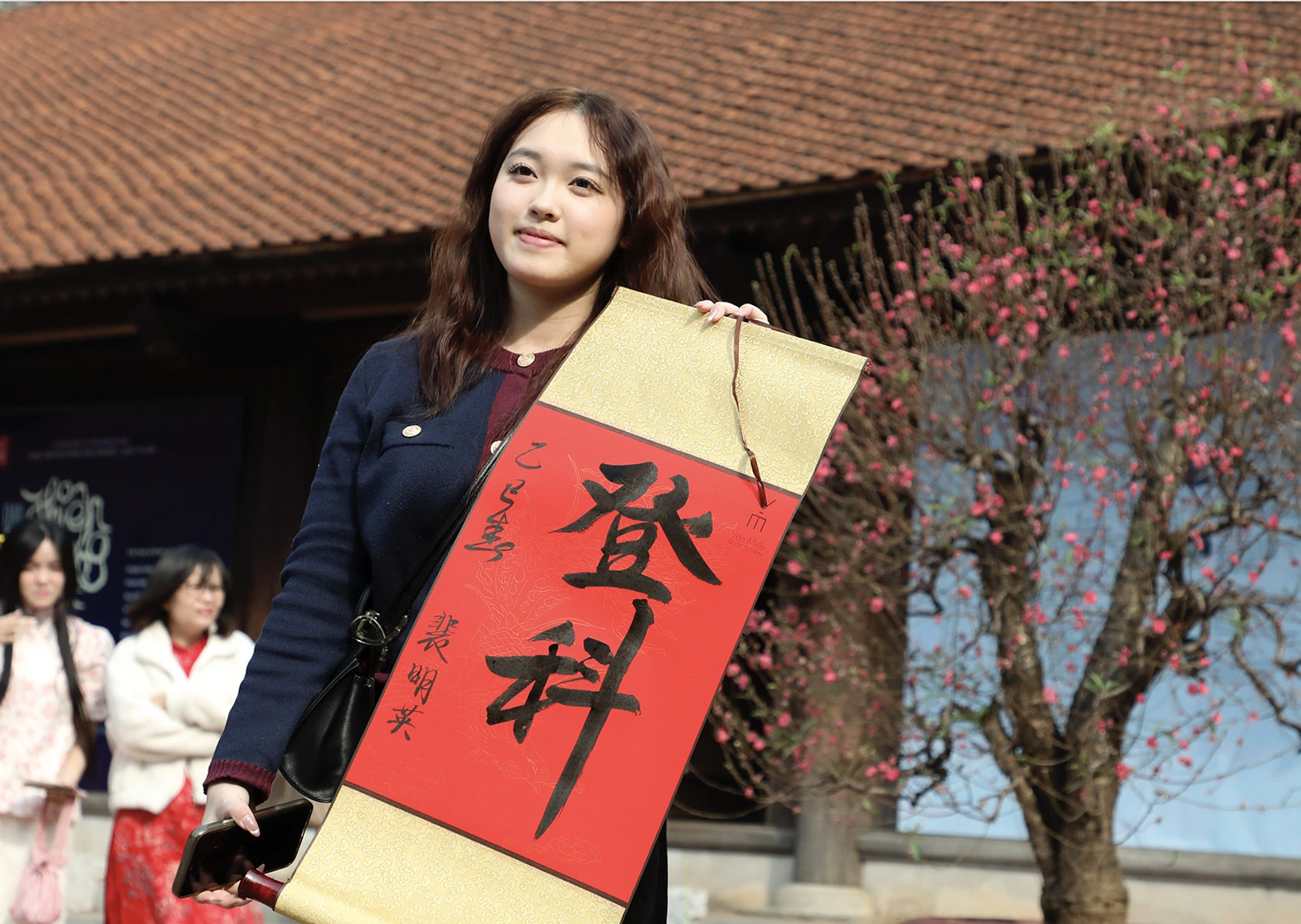
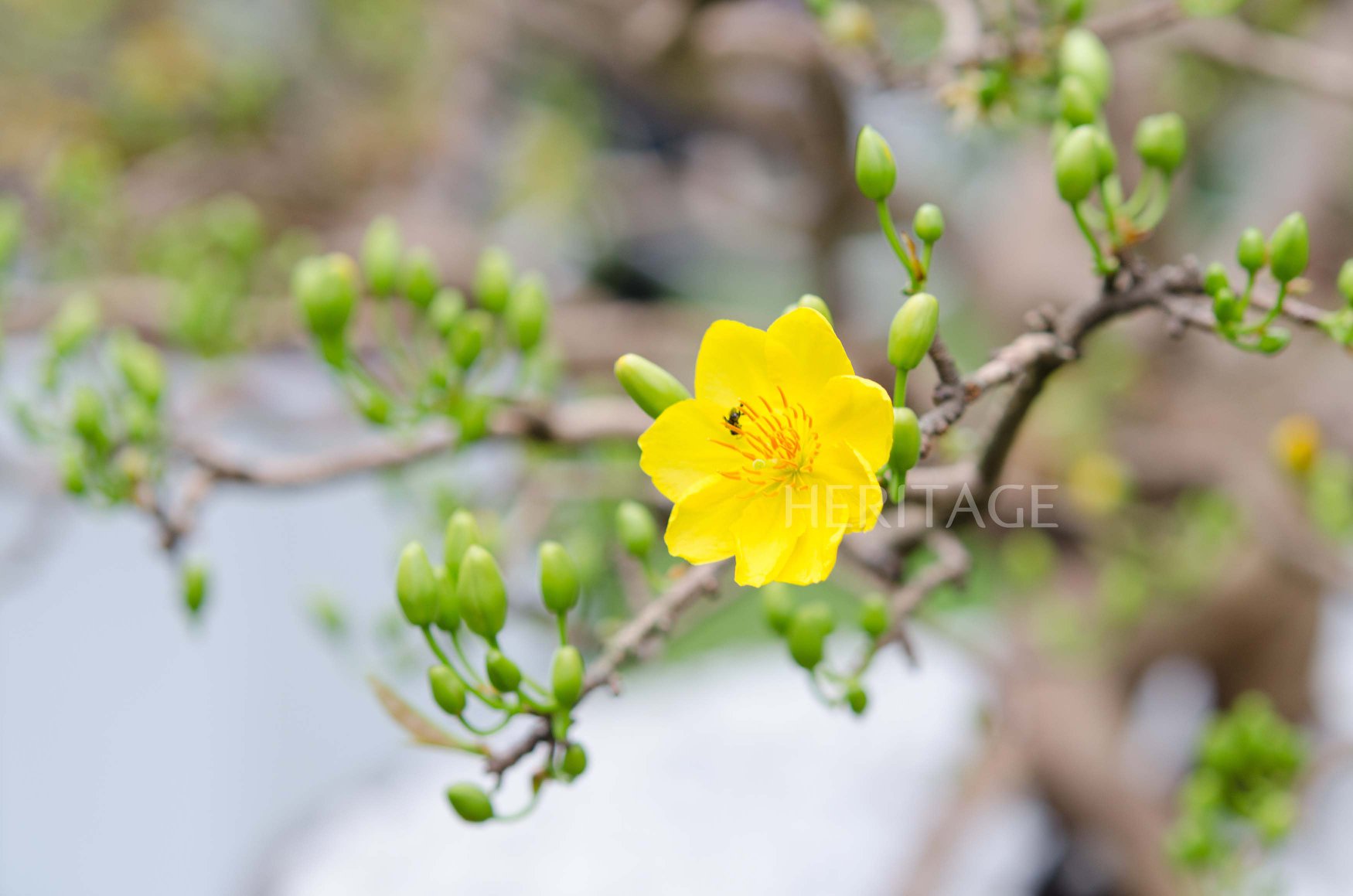














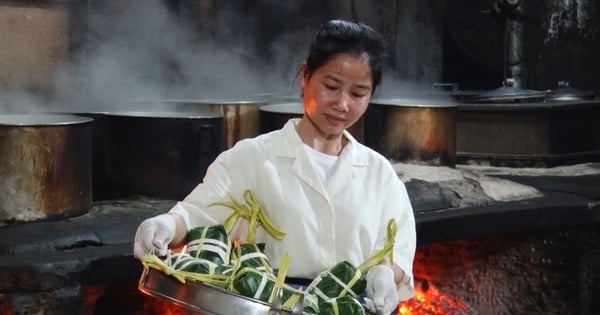

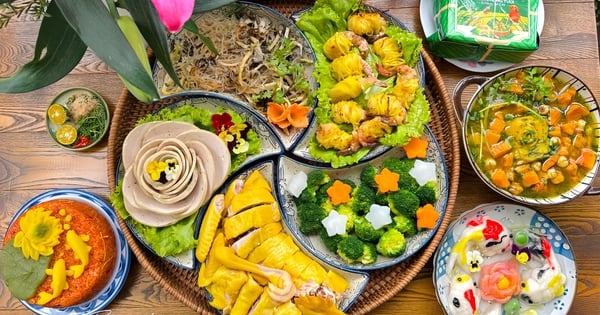

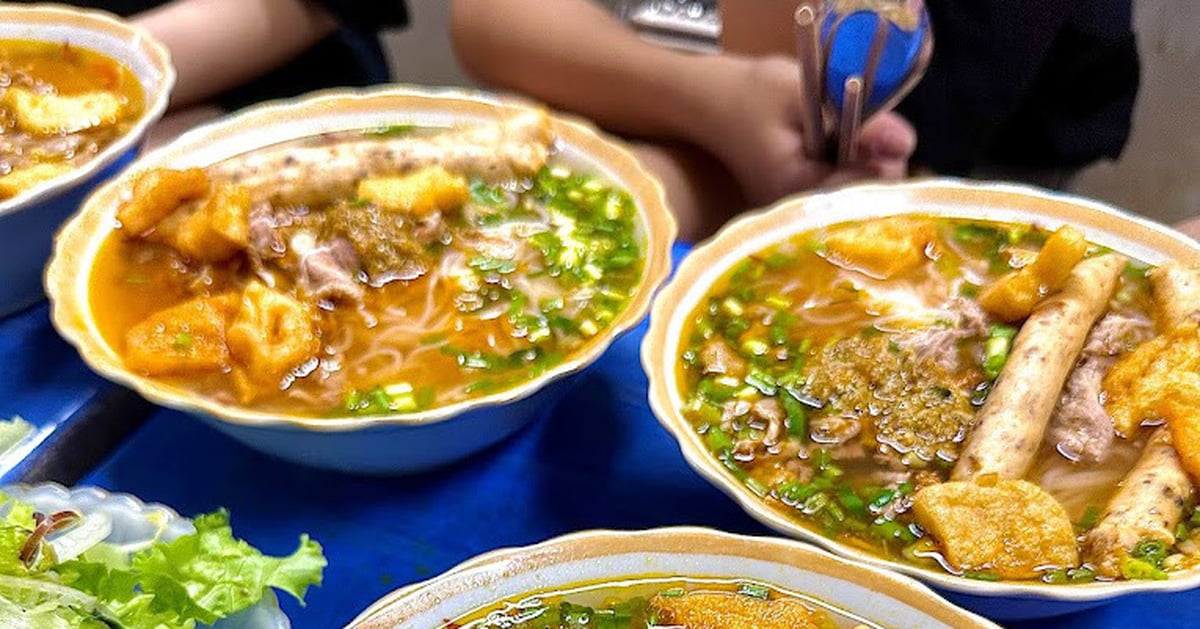

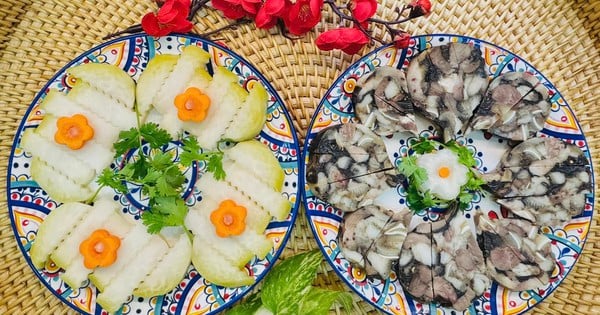


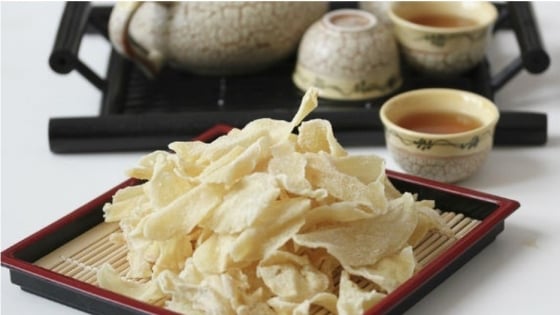

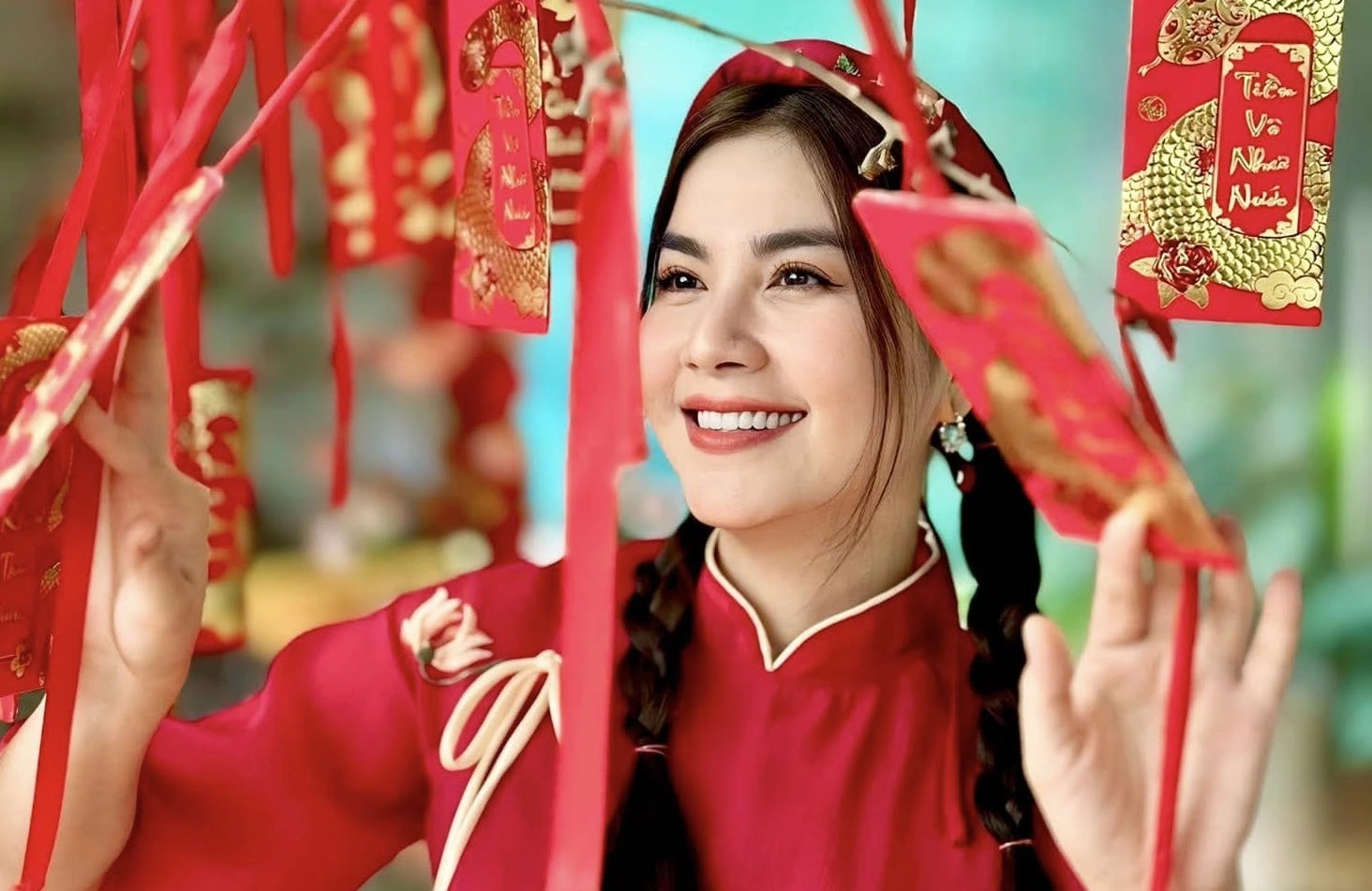
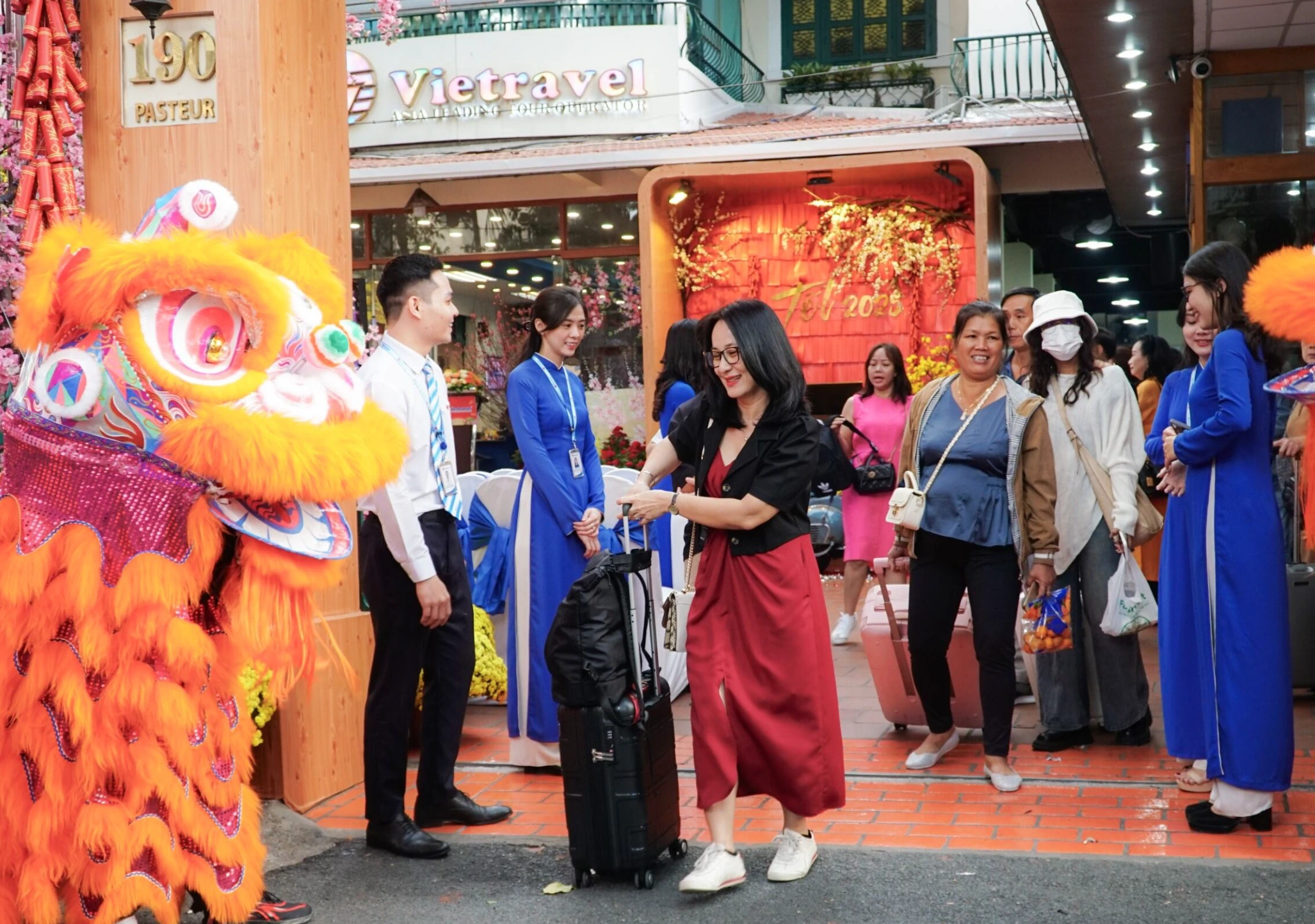

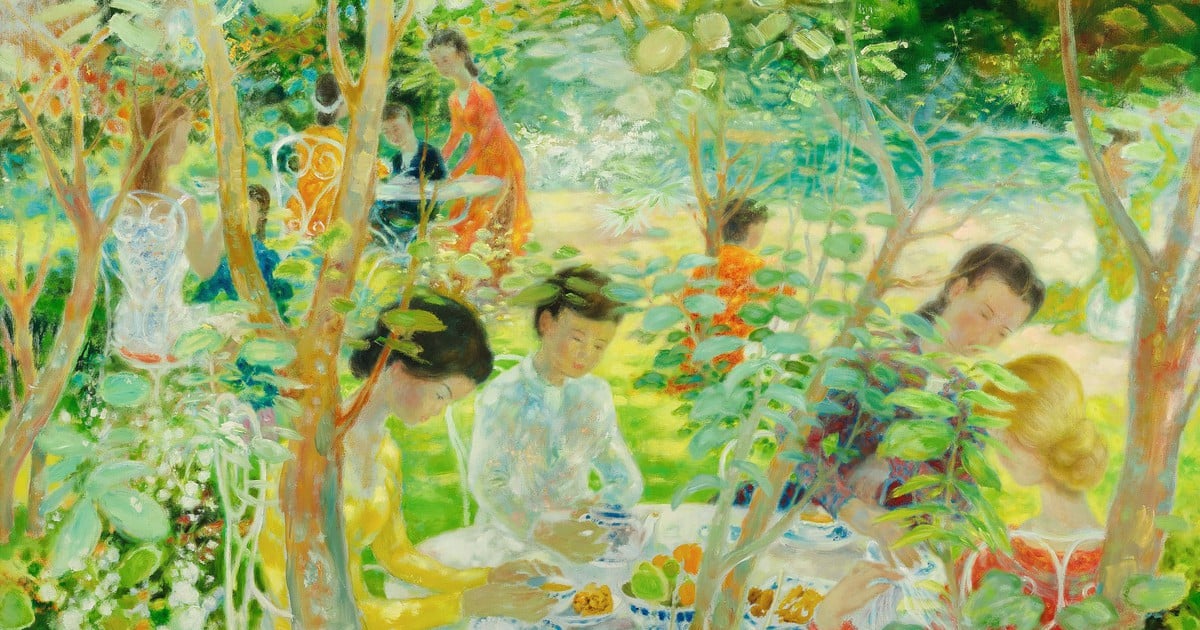



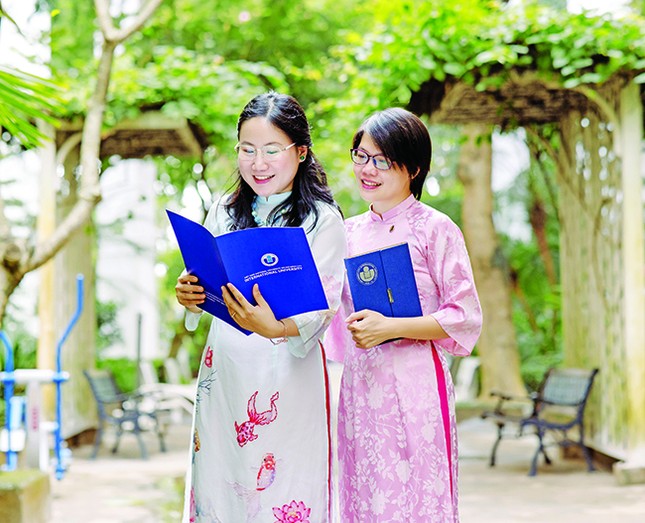




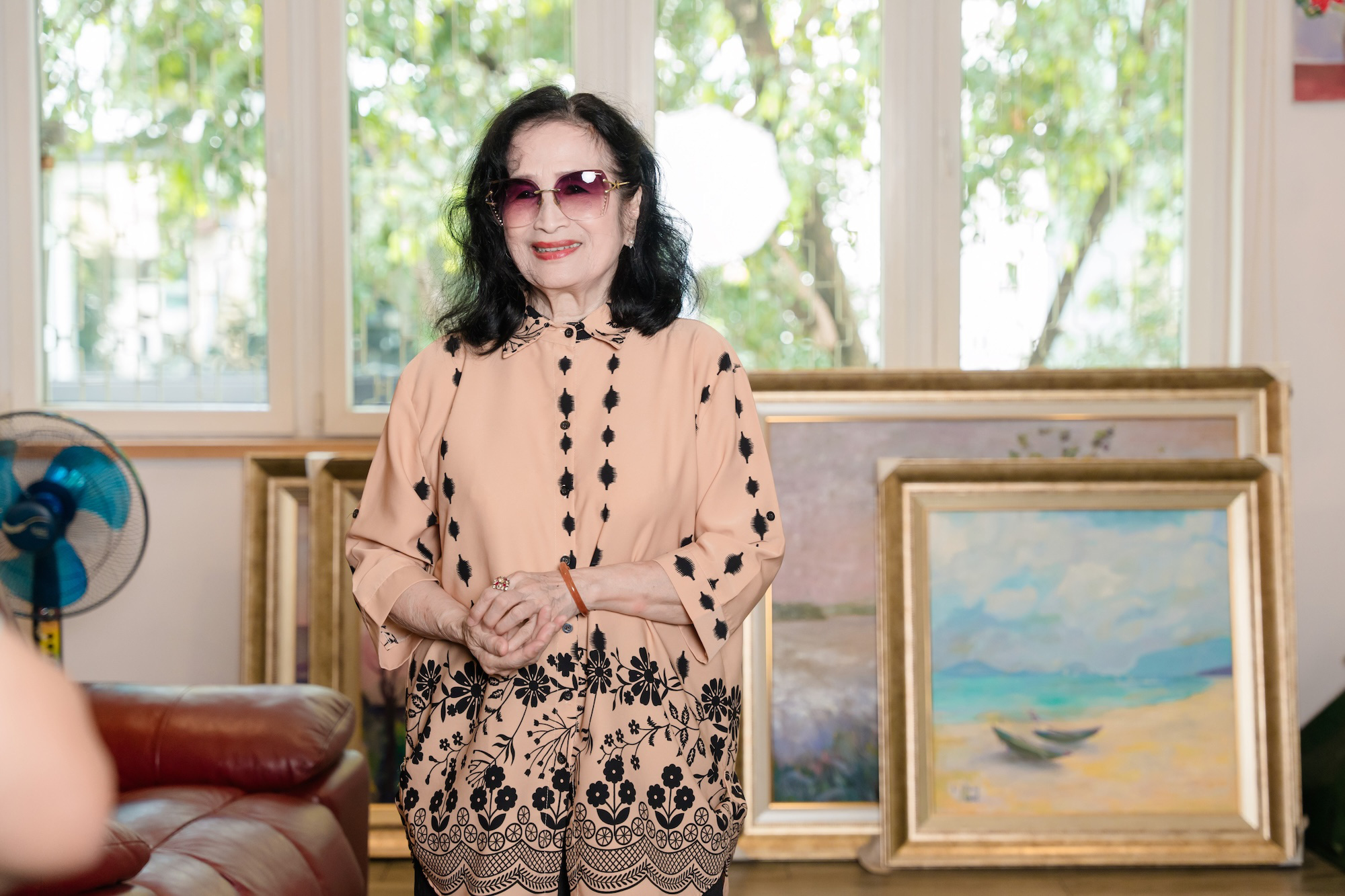

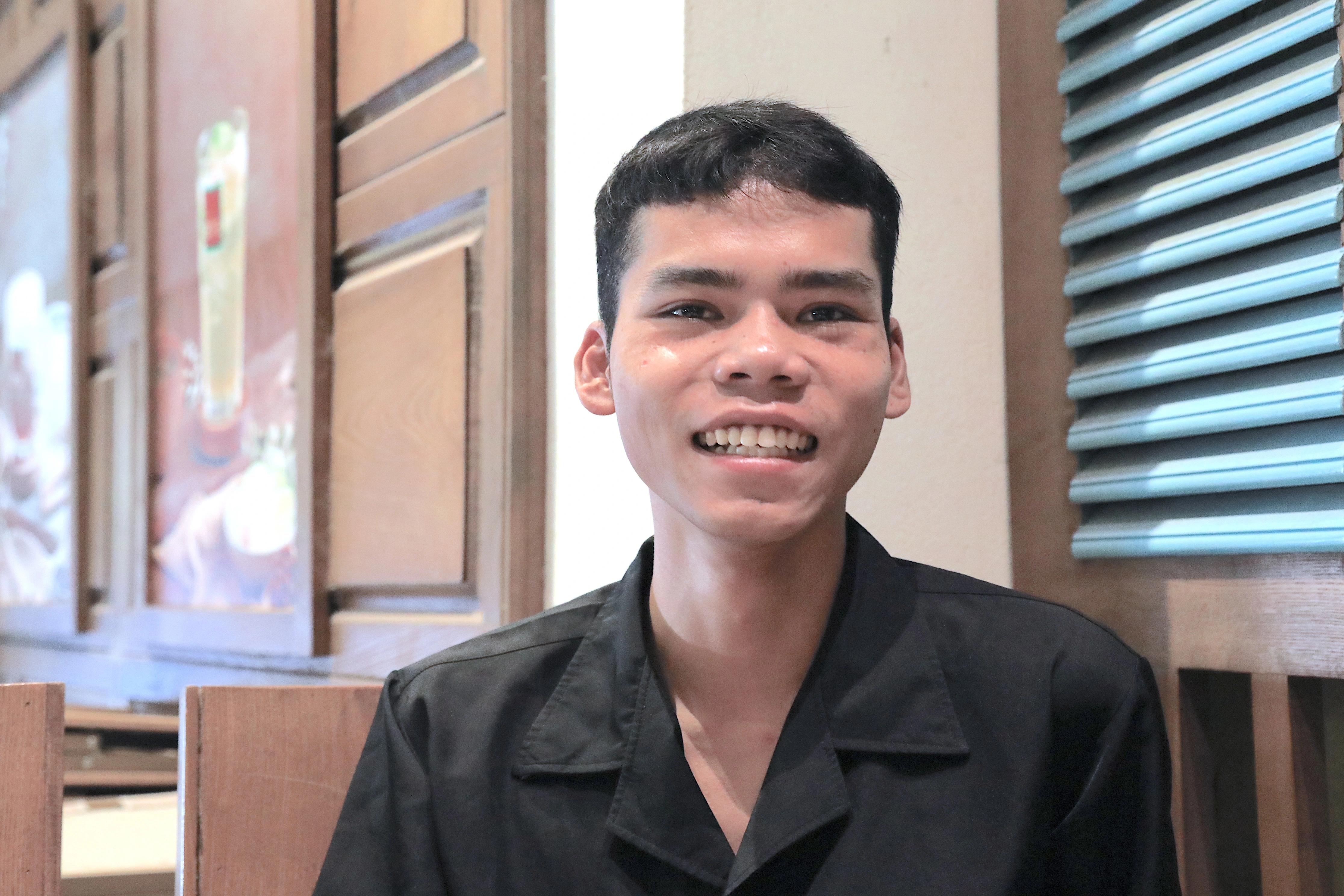





Comment (0)